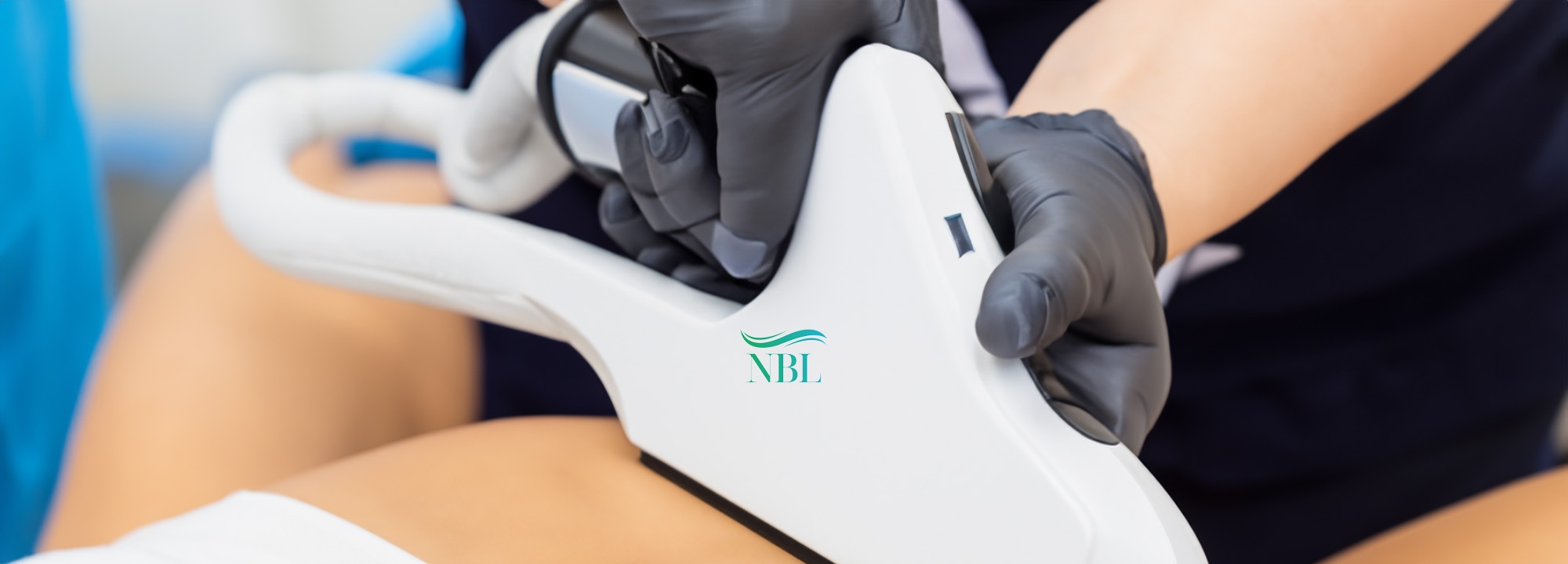Can Tattoos Be Removed Completely Sebastopol .
The Quickest Tattoo Removal Methods: A Comprehensive Guide
Laser tattoo removal has become the most effective and quickest method to erase unwanted ink. While tattoos were once considered permanent, advancements in technology now allow individuals to remove or significantly fade their tattoos in fewer sessions. The speed and success of tattoo removal depend on factors like the tattoo's size, age, ink colors, and an individual's skin type. Among all methods available, laser treatmentsspecifically Q-switched and picosecond lasersoffer the fastest and safest results.
The quickest tattoo removal method today utilizes picosecond laser technology. Picosecond lasers, such as the PicoSure and PicoWay systems, work by delivering ultra-short pulses of laser energy in trillionths of a second. These rapid pulses shatter ink particles into tiny fragments, making it easier for the body's immune system to flush them out. This advanced technology is significantly faster than traditional Q-switched lasers, as it breaks down ink particles more efficiently, requiring fewer sessions to achieve desired results. Most patients notice visible fading after just one or two treatments.

When seeking quick tattoo removal, it's essential to consider the size and depth of the tattoo. Smaller tattoos naturally require fewer sessions to remove compared to larger, more intricate pieces. Additionally, older tattoos tend to fade more quickly because the ink has already begun to break down over time. For individuals looking for the fastest results, consulting with an experienced laser technician or dermatologist can ensure the right laser technology is applied to the tattoo for optimal outcomes.
Ink color is another major factor influencing tattoo removal speed. Black ink is the easiest and quickest to remove because it absorbs all laser wavelengths effectively. On the other hand, colored inkssuch as green, blue, and redoften require specialized wavelengths of light for successful removal. Picosecond lasers offer adjustable wavelengths that target a variety of ink colors, making them the preferred choice for multi-colored tattoos. By addressing multiple ink colors in one session, the treatment time is significantly reduced.
For those who prioritize speed, proper aftercare is just as crucial as the removal process itself. After a laser session, the treated area may appear red, swollen, or blistered, which is a normal part of the healing process. To minimize downtime and speed up recovery, patients are advised to keep the area clean, avoid sun exposure, and follow any guidelines provided by their technician. Applying an antibiotic ointment and covering the area with sterile gauze can also prevent infection and promote faster healing.
Alternative methods for tattoo removal, such as dermabrasion and surgical excision, exist but are generally not as quick or effective as laser treatments. Dermabrasion involves mechanically scrubbing away the layers of skin containing tattoo ink, which can be painful and result in longer recovery times. Surgical excision, where the tattoo is physically cut out and the skin is stitched together, is faster for very small tattoos but is impractical for larger designs. Both methods carry a higher risk of scarring compared to laser removal.

The number of sessions required for laser tattoo removal can vary based on individual circumstances. On average, most patients need between 6 to 10 sessions for complete removal. However, with picosecond lasers, some tattoos can be erased in as few as 3 to 5 treatments. Sessions are typically spaced 6 to 8 weeks apart to allow the body time to process the shattered ink particles and heal properly. This approach ensures the fastest and most effective tattoo removal results.
It is important to note that achieving the quickest tattoo removal results depends on the expertise of the provider and the quality of the equipment used. Choosing a reputable clinic with state-of-the-art picosecond laser technology can make a significant difference in the speed and effectiveness of the treatment. Experienced technicians will also customize treatment settings based on the tattoo and the patients skin type to ensure safe and efficient removal.
The quickest tattoo removal method currently available is picosecond laser technology. By delivering precise, rapid pulses of energy, picosecond lasers effectively break down tattoo ink faster than traditional methods, requiring fewer sessions for complete removal. Factors such as tattoo size, ink color, and proper aftercare play key roles in determining the overall speed of the process. For individuals seeking a fast and efficient solution, consulting with a qualified professional and opting for advanced laser treatments is the best approach to achieving ink-free skin.
